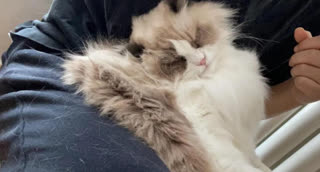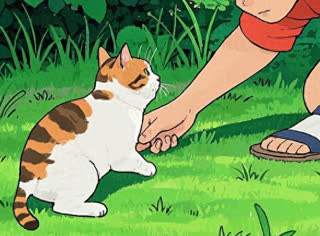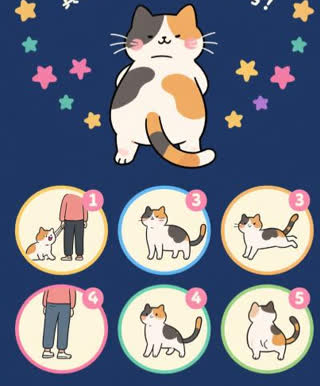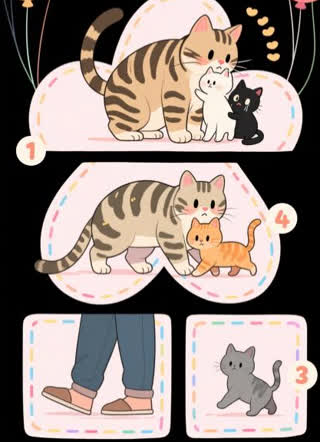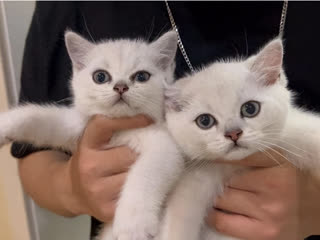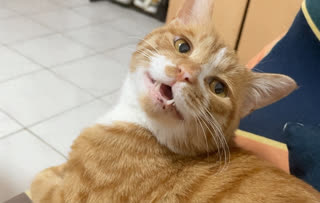The Abyssinian cat breed, celebrated for its ticked coat resembling wild cougars and its playful, inquisitive nature, holds another fascinating trait: its eyes undergo dramatic color transformations as they age. If you’ve ever wondered why your Aby kitten’s sapphire-blue eyes gradually shift to gold or green, you’re witnessing a natural phenomenon tied to genetics and development. In this deep dive into Abyssinian cat eye color changes with age, we’ll explore the science behind these shifts, debunk myths, and provide actionable care tips to ensure your feline’s ocular health thrives through every life stage.
The Kitten Phase: Blue Eyes and Developmental Shifts
All Abyssinian kittens are born with striking blue eyes, a result of low melanin levels in their irises at birth. This temporary hue begins to shift around 6–8 weeks as melanocytes—cells responsible for pigment production—mature. By 3–4 months, their true eye color starts to emerge, influenced by genetic factors inherited from their parents.
Why the Change Occurs:
Melanin Activation: Genes like TYR and OCA2 regulate melanin synthesis, gradually darkening the iris.
Genetic Predisposition: Dominant alleles often steer Abyssinians toward gold or hazel shades, while recessive traits may yield green hues.
Adult Eye Color: Stabilization and Variations
By 6–12 months, most Abyssinians settle into their permanent eye color. Common outcomes include:
Gold/Amber: The most prevalent shade, linked to high pheomelanin levels.
Green: A rarer outcome, often seen in cats with cooler coat tones (e.g., silver Abys).
Hazel: A blend of gold and green, influenced by polygenic interactions.
Myth Busting: Contrary to folklore, diet doesn’t alter eye color—genetics and melanin are the sole drivers.
Senior Cats: Age-Related Changes and Health Monitoring
As Abyssinians age (8+ years), subtle shifts may occur due to:
Nuclear Sclerosis: A harmless clouding of the lens, creating a bluish haze.
Health Issues: Conditions like uveitis or hypertension can alter eye appearance, necessitating vet visits.
Pro Tip: Annual vet checkups help distinguish normal aging from pathologies.
Genetic Factors Behind Eye Color Inheritance
A hypothetical Abyssinian eye color genetics chart might map parental genotypes to predict offspring traits:
Parent A (GG) × Parent B (Gg):
50% GG (gold eyes).
50% Gg (gold eyes, carrying green recessive).
Such models simplify complex polygenic interactions but highlight the role of dominant/recessive alleles.
Environmental and Health Influences
While genetics set the baseline, external factors can modify eye health:
UV Exposure: Prolonged sunlight may lighten iris pigmentation slightly.
Nutrition: Omega-3 fatty acids support ocular health but don’t alter color.
Disease: Chronic conditions like FIP may cause inflammation affecting eye clarity.
Caring for Your Abyssinian’s Eyes
Routine Cleaning: Use vet-approved wipes to remove discharge.
Diet: Prioritize taurine-rich foods to prevent retinal degeneration.
Stress Reduction: Minimize environmental changes to avoid stress-induced health issues.
When to Consult a Veterinarian
Seek immediate care if you notice:
Sudden color changes (e.g., reddening).
Cloudiness or vision loss.
Excessive tearing or squinting.
Understanding Abyssinian cat eye color changes with age enriches your journey as a cat parent, blending science with attentive care. By monitoring these shifts and prioritizing ocular health, you ensure your Aby’s eyes remain vibrant windows to their spirited soul. For breed-specific insights, consult certified feline geneticists or breed clubs to deepen your knowledge.

